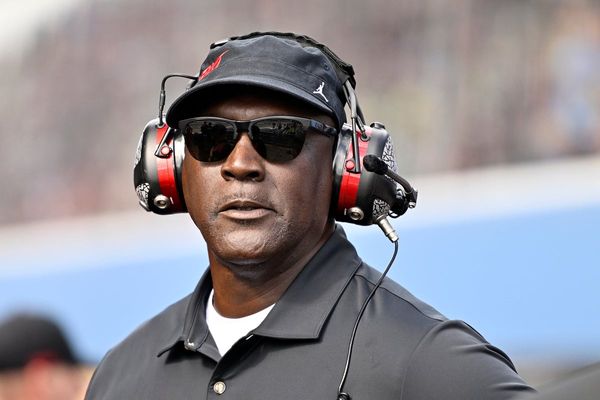Imagine a night stuck in the wilderness: you're alone, lost, cold, hungry, and possibly injured or unable to call for help.
That's the scenario the SES is asking hikers to envision as the bushwalking season kicks off.
Peak bushwalking season in Queensland starts in autumn as the days become cooler and the humidity drops.
However, the days also become shorter.
According to Paul Hinchcliffe of the Tamborine Mountain SES, emergency crews this year have already been called to attend a series of incidents in the Scenic Rim region, a bushwalking mecca located west of the Gold Coast.
"Here in the Scenic Rim we have so many national parks around us, we're called upon regularly to go out to rescue or find people that have got lost," he said.
Mr Hinchcliffe said when hikers go missing, the SES often get the call late afternoon.
He said it can take hours to then assemble a crew of four or more, with many of the rescues carrying on overnight.
"[One] gentleman [who recently called for help] was about 700 metres off track, and very high up in the Mt Barney range," he said.
Earlier this year on Mt Barney, the SES carried a bushwalker for 8 kilometres on a stretcher through to "daylight the next day".
In the dark, a thermal — or 'space' — blanket and a torch are considered essential tools.
"It's surprising how cold it gets in those mountains and in the rainforest, particularly if a little bit of breeze or wind gets up," he said.
"The advantage of having the torch [is] you may be able to find yourself back on the track, but it helps us find you if we can see the light in the distance."
What else should you do?
Letting someone know where you're going and your expected return time is an important start, according to Mr Hinchcliffe.
Hiking in groups of two or more, carrying food, water, a first aid kit, personal locator beacon and a map are other must-dos.
A fully charged phone and spare batteries are also essential, but knowing your location and staying there is one of the most important pieces of the puzzle a hiker can give to SES.
"If you feel that you are lost, make the call [to triple-0] quickly. Don't keep walking around in circles, because the sooner we can get you the better," he said.
Mr Hinchcliffe said oftentimes people are "quite sheepish" but "always very happy" to see rescue crews.
"We try to lift their spirits when we're walking out," he said.
"But also we remind them of all the things that they should be considering when they're going for a big hike".







